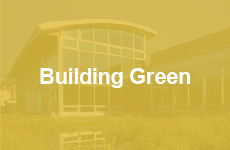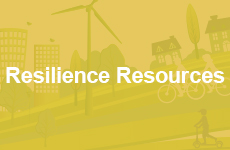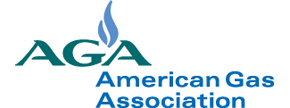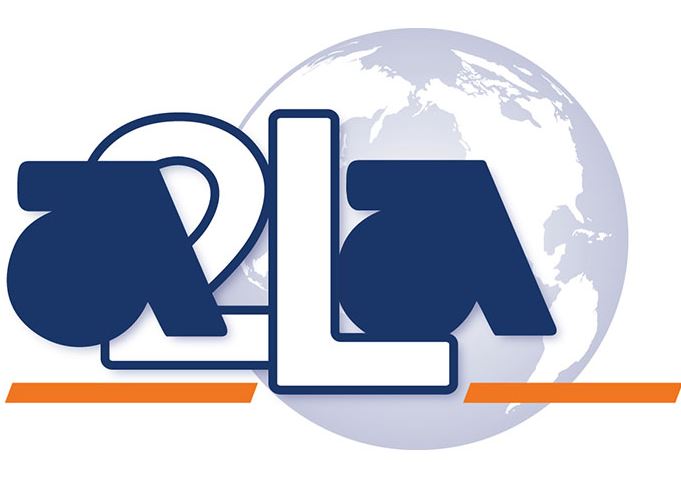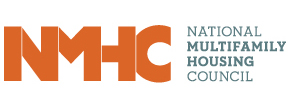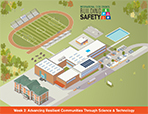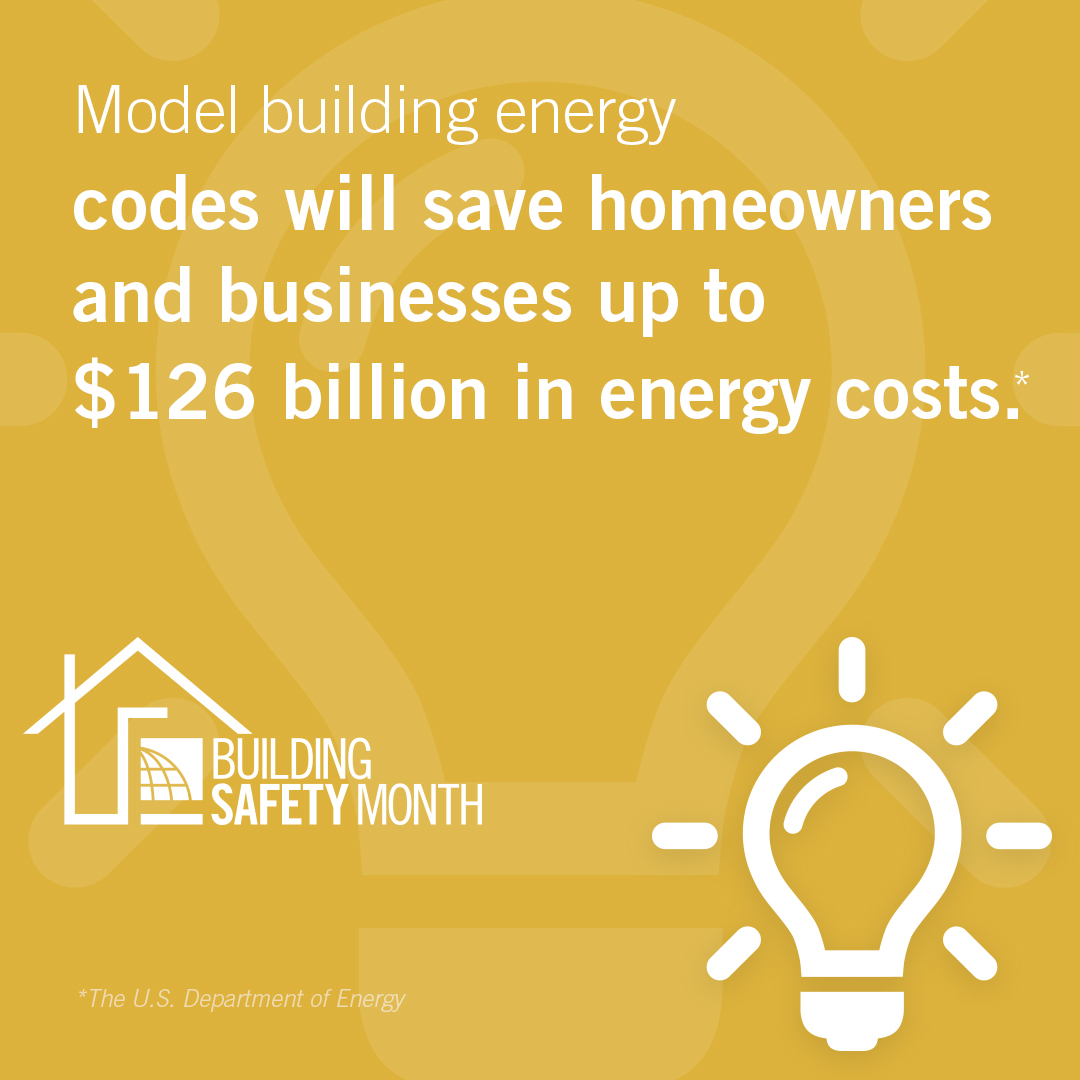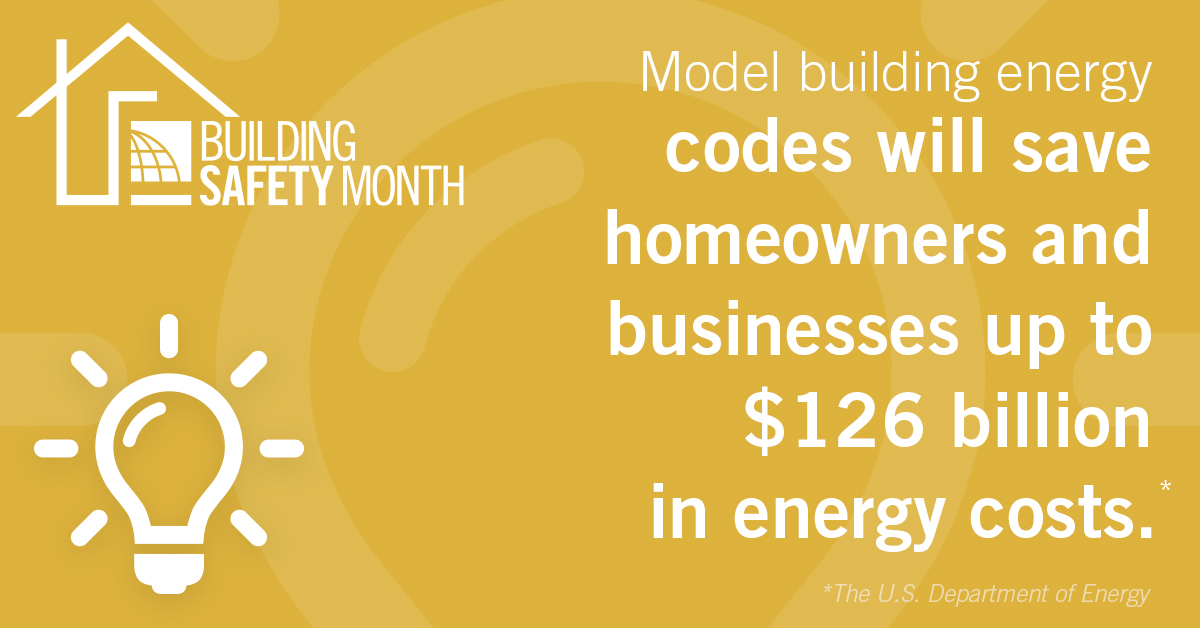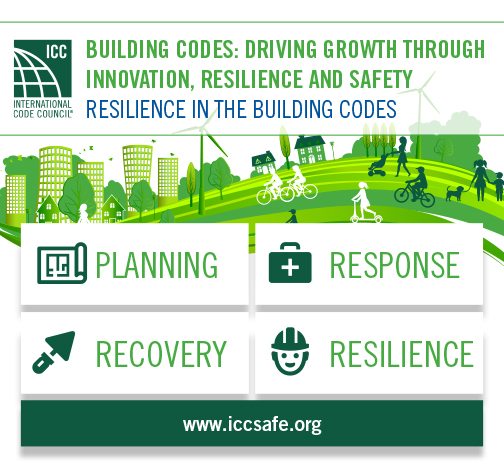
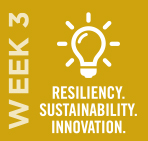
Resiliency. Sustainability. Innovation.
WEEK THREE // May 18–24, 2020
The building safety industry is on the cutting edge of technology, building science and innovation. From green construction and resiliency to product evaluation, certification and codification, the International Code Council family of solutions is part of this technological transformation to make our buildings safer and our industry more advanced.
The International Codes (I-Codes), developed by the Code Council, are the most widely used and adopted set of building safety codes in the world. For decades, our codes and standards have addressed resilience and sustainability by incorporating the latest innovations in science and technology, and we remain committed to working with member jurisdictions and industry
partners to bring the right building products and practices to market, labeling new homes and structures as more efficient, and spreading the word about the need for wiser resource usage and building resilient structures.
Resiliency
Resiliency is the ability to plan and prepare for, absorb, recover from, and more successfully adapt to adverse events regardless of whether the subject is an individual or our society, a business or our economy, a single bridge or all critical infrastructure.
Creating a resilient nation requires diligent planning and innovative thinking. Incorporating new technologies in current building practices to achieve higher resiliency is exciting but can be expensive. Thankfully, effectively utilizing current codes and standards throughout all phases of the building’s lifecycle increases the efficacy of new building technologies and offers a cost-effective path toward community stability during times of disaster. Resilience starts with strong, regularly
updated, and properly implemented building codes.
The Code Council has many resources available to assist jurisdictions, manufacturers and the public with these building practices.
There are important measures that can be taken at a community level to reduce the impacts of disasters. Benchmarks allow a community to identify how resilient they currently are and the steps they can take to improve.
The Alliance for National and Community Resilience (ANCR)
The Alliance for National and Community Resilience (ANCR) is a Code Council co-founded 501(c)3 aimed at improving resilience and implementing good community practices in towns and cities across the U.S. The Code Council and ANCR are working on developing community resilience benchmarks across all community functions.
Their first benchmark pilot, covering buildings, consists of nine requirements aimed at increasing the resilience of our communities, including the adoption, administration and enforcement of building codes. In particular, the benchmark encourages local governments to adopt building codes and to provide the human, technical and financial resources necessary to support permitting, plan review and inspections. Buildings house many of the most critical functions of our communities, including
schools, hospitals, businesses and residences. These benchmarks are especially critical in providing community leaders the necessary tools to create safer and more resilient structures.
In the fall of 2019, ANCR announced the release of their housing benchmark, which addresses the availability of affordable housing, the quality of housing, the availability of shelter, and continuity planning in the event of a disaster.
All residential structures including single family and multifamily are included in the benchmark, which also addresses the needs of various groups such as older residents, families, and residents with physical and mental disabilities requiring supportive housing needs.
ANCR also produced two white papers on the contributions of the International Building Code (IBC) and the International Energy Conservation Code (IECC) to resilience. These are the first two in a series examining how specific International Codes (I-Codes) support resilience.
The studies below, including the two whitepapers referenced above, are a good place to start learning about how building codes contribute to resilience.
- The Resilience Contributions of the International Building Code
- The Important Role of Energy Codes in Achieving Resilience
- Building Community Resilience Through Modern Model Building Codes
In 2019, the Code Council launched a new global initiative to bring together experts from the U.S., Australia, Canada and New Zealand to improve building resilience worldwide. This new collaborative forum provides a valuable opportunity for participants to discuss common struggles, and to share knowledge, research and best practices, as they
consider the role of building codes in resilience and durability in the face of increasingly severe weather events.
Sustainability
Green building and sustainable construction strategies reinforce the societal health, life and safety benefits that building codes offer, providing resilience to natural disasters, a changing climate, resource consumption and management, and service interruptions due to unforeseen events. These tools can also aid occupant comfort and health, save money and preserve resources during the design, construction and operation of buildings. Many homeowners, businesses and building professionals
have voluntarily sought to incorporate green and sustainable building strategies into their projects, and a number of systems have been developed to guide green building practices.
The 2018 International Green Construction Code (IgCC) provides the design and construction industry with a very effective way to deliver sustainable, resilient, high-performance buildings. The 2018 IgCC provides fundamental criteria for energy efficiency, resource conservation, water safety, land use, site development, indoor environmental quality and building performance that can be broadly adopted.
Innovation
Code compliant building products
The certification and accreditation of building products are critical to the building code enforcement process. Technical evaluations of building product listings and plumbing, mechanical and fuel gas listings provide regulators and construction professionals with clear evidence that products and systems comply with codes and technical standards. The ICC Evaluation Service (ICC-ES) issues reports on product code compliance that are made available free of
charge to code officials, contractors, specifiers, architects, engineers and anyone else with an interest in the building industry and construction.
Accreditation of entities that support code compliance
There is a need for independent verification that businesses, organizations and governmental entities that facilitate building codes and standards are competent and comply with industry and/or international standards. The International Accreditation Service (IAS) accredits testing and calibration laboratories, inspection agencies, building departments, fabricator inspection programs and special inspection agencies to ensure adherence to acknowledged
standards.
Building department codification
Codification is the process by which local governments keep their laws organized, structured and updated to serve as a reliable legal reference. General Code updates and digitizes local codes, integrating new laws into the existing code. It works with municipalities to create a single, consistent resource and compiles the information into a comprehensive code. It subsequently publishes this code resource in print or in a convenient online platform.
ICC-Community Development Solutions (ICC-CDS) offers software solutions that allow building departments and code enforcement officers to streamline and track information associated with the inspection and compliance process.
So, whether you’re considering renovating, remodeling or building from the ground up, make sure your project is based on the codes and standards that incorporate resilience, sustainability and the latest innovations in science and technology, to ensure that safety and efficiency are the result.
Additional Information and Resources
INFO Community Resilience Indicators
PUBLICATION FEMA P-798, Natural Hazards and Sustainability for Residential Buildings

